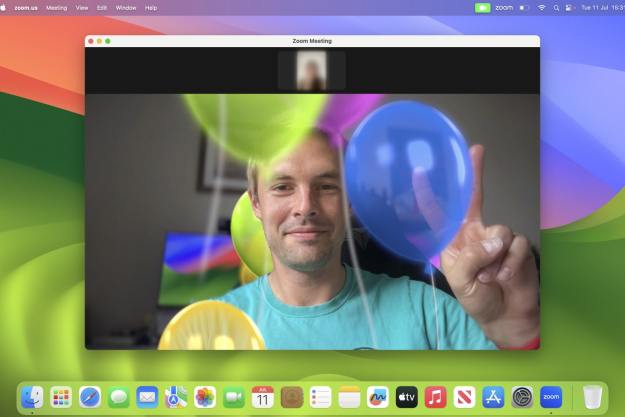
Boom’s not unfamiliar territory for Global Delight, the company spearheading its development. The software launched five years ago on Mac in the form of a self-contained equalizer, Boom for Mac, but the iOS version is a bit more will-rounded. It sports a music selection tool, a sleep timer, and integration with streaming services like iTunes. It’s got swipe gestures for quickly queuing up songs and creating custom playlists, too, plus crossfade — i.e., the ability to have one song fade out while the next fades in — when switching tracks, and visualizer settings.
Boom’s playback features are by necessity — thanks to limitations in Apple’s iOS, Boom can’t apply effects to audio from other apps or background services. But the app’s real magic lies in its patented equalization tech. The app “initially determines” the type of headphones plugged into your headset — on-ear, in-ear, in-canal, or over-ear — and then, using “unique audio processing logic” it has in common with its Mac counterpart, works to combat poor compression.
The customization options are extensive. You can choose from a list of toggleable effects including “bassboost,” “acoustic,” “clasical,” “’60s,” and “dubstep.” And then there’s the app’s arguable highlight, 3D Surround, which Boom’s software architect Sandhya Prabhu called the app’s killer feature. “It’s basically surround sound anywhere, anytime without expensive hardware,” he said, and we can attest to that: with the effect enabled, it very much felt like being in the center of a multispeaker setup. You can choose individual speaker sources — i.e., all centers, or left-rear — or tone down the intensity of the surround effect.
Boom isn’t without its limitations, unfortunately. It can’t play DRM-protected songs, including a large portion of Apple Music, Spotify, and other services’ libraries, and limiting playback largely to local tracks. But Boom’s making an SDK available to third-party services and apps that could see its equalization tech built into a few such streaming services natively in the future.
“Boom is specifically built to cater to those who appreciate excellent audio quality,” said Global Delight chief Jason Foodman. “Users will enjoy a significantly enhanced audio experience regardless of the type of headphones … We’re excited to debut this new listening experience to the platform and confident Boom for iOS will be a hit with users.” Judging by our initial impressions, we’d say that’s an accurate prediction.
Boom is available on the App Store as a free, five-day trial. After that, you’ll have to pony up $3 to continue using it.
Editors' Recommendations
- An Apple insider just revealed how iOS 18’s AI features will work
- When will Apple release iOS 18? Here’s what we know
- This could be our first look at iOS 18’s huge redesign
- iOS 18 could add a customization feature I’ve waited years for
- I found 16 new widgets for iOS 17 that you have to try


